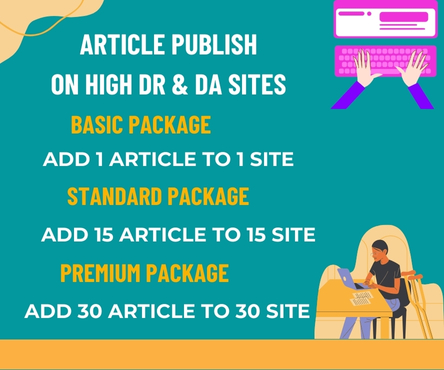In an era where technology bridges geographical divides, assistance platforms have emerged as a vital lifeline for communities across the spectrum. Whether rural or urban, these platforms are redefining access to essential services, fostering inclusivity, and promoting equitable development. By leveraging digital infrastructure, assistance platforms are not only streamlining support systems but also ensuring that help is within reach for those who need it most, irrespective of their location. Visit now ebantuan
The Rural-Urban Divide: A Persistent Challenge
Historically, rural and urban areas have faced distinct challenges. Rural communities often struggle with limited access to healthcare, education, and employment opportunities due to geographical isolation and inadequate infrastructure. Urban areas, on the other hand, face issues like overcrowding, higher costs of living, and increased competition for services. These disparities have traditionally made it difficult for support systems to cater effectively to both settings.
The Rise of Assistance Platforms
Assistance platforms have revolutionized the way support is delivered. By harnessing the power of the internet and mobile technology, these platforms offer a range of services that can be accessed from anywhere. From telemedicine and online education to job portals and community support forums, these platforms are closing the gap between rural and urban communities.
Healthcare Access
One of the most significant advantages of assistance platforms is in healthcare. Telemedicine services allow patients in rural areas to consult with specialists who may not be available locally. Urban residents can also benefit from the convenience of virtual consultations, reducing the need for time-consuming hospital visits. Platforms like these not only save time and resources but also ensure timely medical intervention, which can be lifesaving.
Education and Skill Development
Online education platforms have democratized access to quality learning resources. Rural students can now access the same educational content as their urban counterparts, bridging the knowledge gap. Skill development courses available on these platforms enable individuals from both backgrounds to enhance their employability and pursue career advancement opportunities. This level playing field is crucial for fostering economic growth and social mobility.
Employment Opportunities
Job portals and freelance platforms have opened up new avenues for employment. Individuals in rural areas can explore remote work options, reducing the need for migration to urban centers. Urban residents can leverage these platforms to find job opportunities that match their skills and interests. This flexibility in the job market is vital for addressing unemployment and underemployment issues in both settings.
Community Support and Social Services
Beyond tangible services, assistance platforms also offer emotional and social support. Online forums and community groups provide a space for individuals to share experiences, seek advice, and find solidarity. This aspect is particularly important for addressing mental health issues, which can affect anyone regardless of their geographical location.
Challenges and Future Directions
While assistance platforms have made significant strides, challenges remain. Digital literacy, internet access, and platform usability are critical factors that determine the effectiveness of these services. Ensuring equitable access to technology and digital skills training is essential for maximizing the benefits of assistance platforms.
Moreover, the sustainability and scalability of these platforms depend on continuous innovation and adaptation to community needs. Collaboration between governments, private sector entities, and civil society organizations is crucial for creating an ecosystem that supports the growth and impact of assistance platforms.
Conclusion
Assistance platforms are playing a pivotal role in bridging the gap between rural and urban communities. By providing access to essential services, these platforms are not only addressing historical disparities but also fostering a more inclusive and equitable society. As technology continues to evolve, the potential of assistance platforms to support diverse community needs will only grow. It is imperative that we harness this potential to create a future where every individual, regardless of their location, has access to the support and resources they need to thrive.

